|
Conservationists outraged as ancient burial site unearthed Human bones unearthed by a bulldozer clearing land at Rambert Village, near San Fernando. Photo: Dexter Phillip THE teeth belonged to someone who survived childhood. Still attached to the lower jawbone, the molars show signs of a hard life; deep cavities, worn enamel, gum disease. The jaw was part of the skull and skeleton unearth and dismembered by a bulldozer carving land near San Fernando for Trinidad's insatiable need for housing. The bulldozer would go on to expose the bones of an unknown number of people, likely African slaves, who lived and died on the La Ressource sugar estate, near San Fernando in the 1800s. The bones were exposed two weeks ago. People who care about the country's history have been outraged by the desecration. The police say they can't do much about it. The land belongs to a private developer with the right to do whatever he pleases. The bones were still there up to yesterday. Ribs, tibias, femurs, casket handles, coffin nails, strewn about the clay exposed by the earthmovers. Recent rains have exposed more. No one knows for sure what should or can be done. And if you think none of this is important, consider this. BORN in the year 1776, in St Vincent, French creole slave supplier Louis Bicaise sailed to Trinidad at age 34, and married into the Scottish Rambert family, then one of the wealthiest in the fertile Naparimas in south Trinidad. With his brother in law, Bicaise established the La Ressource Estate, and settled there with wife and children. In a short time he would become the sole owner of a prosperous plantation, enriched by the sweat and blood of the slaves that he bought and sold to surrounding plantations, including neighbouring Palmiste. A son, John Nelson Bicaise, would go on to become the only known West Indian slave trader, who made a fortune from the misery that was the trade in human beings, dealing from his station on the bank of the Rio Nunez, on Africa' West Coast in what is now the country of Guineau. The son would end up dying penniless and diseased, and was buried in Africa, having lost contact with his Trinidad family, whose estate suffered similar misfortune. The La Ressource estate was ruined as a result of the issues related to Emancipation, and Louis Bicaise would have to mortgage his plantation to an English merchant. In 1838, the year African slaves won full freedom, Bicaise died, leaving a wife, ten children, and the estate in debt. His body was entombed on a hilltop overlooking the estate, flanked on the east by a cemetery containing the remains of slaves and others who worked the plantation. Bicaise's wife Marie Rose Rambert, would also be buried on the hill thirty years later, and his last surviving son, Charles in 1882. A marble epitat inscribed in French on Bicaise's grave read: Louis Bicaise Natif De Saint Vincent Decedee A La Trinidad Le 13 Septembre 1838 A L'age De 62 Ans Il Faut Bon Fils , Bon Pere Bon Frere, Bon Parent & Bon Ami Les Excellents Qualites De Son Coeur Le Font Regretter Par Tous Ceux Qui Connurent Translation - Louis Bicaise, native of St. Vincent. Died in Trinidad on 13th September 1838 at the age of 62. He was a good son, good father, good brother, good kinsman and good friend. His big-heartedness has left him regretted by all those who knew him. Photographer Dexter Philip photographs the grave of 19th century splantation owner Louis Bicaise, located on a hilltop at Rambert Village, near San Fernando We know all of this because of the research of famed historian Fr Anthony De Verteuil, who with Belgian Chris-Arthur De Wilde, wrote about the Bicaise family in the book The Black Earth of South Naparima, and the work of historian/writer Angelo Bissessarsingh who, in his book Walking with the Ancestors, wrote about what remains of the Bicaise family tomb (the marble since broken up and inscriptions stolen), and of the slave cemetery (where up to the 1960s, the descendants still came to pay homage). Evidence of the Bicaise tombs can still be found, if you take that trip off Dumfries Road, Rambert Villave pull back the bushes and look for the Scottish firebricks (imported as a ballast in the holds of European sugar ships) which mark the burials, now surrounded by excavated land.
It was left up to Bissessarsingh, on his popular Facebook page Virtual Museum of Trinidad and Tobago three Saturdays ago, to alert conservationists about what had happened to the site. People wanted to know, where was the African Emancipation Committee? Didn't anyone at least understand the anthropological importance of what was being lost? By then, it was too late. The police did visit. The District Medical Officer was called in. He knew immediately that the bones belong to people who lived a long, long time ago. Divisional Commander of the Southern Division Senior Superintendent Irwin Hackshaw said historical sites were not the responsibility of the Trinidad and Tobago Police Service, but that his officers had responded to the report of an ancient burial site at Rambert Village, San Fernando, being desecrated. He said officers visited the site and contacted the relevant authorities. The items recovered, which included skeletal remains, were handed over to archaeologists, he said. The rest of the bones are scattered on the hillside, where more than seven feet of soil has been removed in some places. Crime scene tape was pulled across a mound of earth that was not yet excavated by the bulldozer. The Express later attempted to contact (by email and telephone) company said to be developing the land. There was never a response. “There is nothing we can do really. When we get a report we can contact the relevant people. That is it,” Hacksaw said. No one is more disturbed by it all, than chairman of the National Trust Professor Winston Suite, who has followed the events at Rambert Village, with despair. This was one of the most famous estates in south Trinidad and important to understanding how the country had developed to this point, he said. Yet too many people saw nothing wrong with destroying such a site, and now it was likely too late. Yes, Town and Country gave permission, but does it mean that one should go ahead and do whatever one wants at the expense of our national heritage? What's happening in the country? He asked. An absence of education. Maybe it was time to introduce history as a subject in the primary school curriculum. If people only knew, said Suite, they would probably attach more importance to things dating from the time when our ancestors were indentured or enslaved. What's the National Trust doing? The National Trust is tasked with listing and acquiring heritage property, permanently preserving lands that are heritage sites and as far as practicable, retaining their natural features and conserving the animal and plant life, in addition to preserving, maintaining, repairing and servicing buildings of historical value. But with the number of sites that need protection, the job in daunting, especially since it has been inactive for more than a decade. Professor Suite is asking that citizens get involved. The National Trust is organising visits of historic sites around the country - the company villages of Moruga, the Moruga Museum, Devil's Woodyard, the railway tunnel in Tabaquite, the Banwari site, Temple in the Sea. And there is the Nelson Island Experience of Tubal Uriah Butler on June 28th (contact 308-8197, 390-6521). Talk has begun again about trying to establish museums in every regional corporation in the country. The National Trust meets today with Chairman of the Sangre Grande Regional Corporation Terry Rondon who wants to demolish the old post office, court house and fire station, some of the buildings more than 100 years old. Professor Suite is going to try saving the buildings. You can log on to www.trinidadexpress.com to see additional photographs and videos of the gravesite and tomb.
0 Comments
1. You break biche at least once in your lifetime, skipping school or extra lessons to lime in the mall with your friends.
2. If someone noticed a blue-black bruise on your skin, they would tell you that a soucouyant came into your room during the night and sucked your blood. 3. Even if there’s a zebra crossing a few meters away, you will still jaywalk and get angry when cars honk at you. 4. Your teacher asked if you ate ‘parrot bottom’ for breakfast because you couldn’t stop chatting with your friends during classes. 5. You know how to suck sugarcane, pelt mango, make a chickichong kite out of cocoyea broomsticks, flour paste and a copybook page, pitch marbles and play Scooch or Moral with a worn out tennis ball. 6. You used to go by Tantie to buy snacks like pholourie, tambran ball, chili bibi, red mango, suck-a-bag and penna cool. 7. You used to look forward to the July/August vacation because it meant spending hours digging for tiny clam-like chip chip on the beach. 8. You used to run outside whenever you heard the ice cream van’s song or the snowcone man’s bell. 9. You got ‘licks’ or a good ‘cut tail’ because you did something wrong or you talked back to your parents. 10. You would sing sexually explicit soca or dancehall songs but only under your breath whenever your mother or father was present. 11. You watched a Bollywood/Indian movie at least once in your lifetime. 12. You put ketchup, mustard and pepper sauce on pizza. 13. You used to collect a seed called ‘donkey eye’, rub it on the ground or against a concrete wall and sting your friends with it. 14. If you swallowed a seed, no matter how big or small, your parents would tell you that it would grow inside you. 15. A pothound/dustbin terrier was one of the first pets you ever had. 16. If your parents heard a hurricane was coming, they would buy out the grocery’s stock of tinned sardines, Vienna sausages and Crix. 17. You call all nail polish Cutex, all washing up liquid Squeezy and all laundry detergent Breeze. 18. You can make chow with any half-ripe fruit or vegetable. 19. You played cricket or football in the street and had to stop the game to let the traffic pass. 20. For Trinis, going to Tobago was like going to a totally different country; vice versa for Tobagonians. 21. You learned how to ‘wine’, played ‘mas’ at a school ‘jump up’, sang backup for a friend at the school’s calypso competition or decorated a costume even if your parents didn’t let you play Carnival. 22. Whenever you went on a family drive anywhere on the islands, your parents had to stop and say hello to every relative or friend they knew on the way there and back. And you had to eat something or drink a sweet drink at every house. 23. You learned to steups or suck your teeth in disgust even before you came out of your mother’s womb Did you know that not far from Hornerman Lane is Pregnancy Lane? How about Buller Street or Pepper Sauce Road? Here are 10 of the strangest names we've spotted along the roads of Trinidad and Tobago: 1. Pregnancy Lane/Horner Man Lane, Diego Martin These famous (or infamous?) streets in Diego Martin have a sordid history. It is alleged that Hornerman Lane, formerly Trumpet Lane, was so named because the men from that street allegedly wandered over to Pregnancy Lane, formerly Wilson Lane, when the husbands on that street left for work. The name stuck after eight women allegedly became pregnant around the same time about 30 years ago. 2. Buller Street, Port of Spain Contrary to some dirty minds, Buller Street is actually named after General Sir Redvers Henry Buller, a British Army officer who was awarded the Victoria Cross, the highest award for British and Commonwealth forces. He served as Commander-in-Chief of British forces in South Africa during the early months of the Second Boer War and subsequently commanded the army in Natal until his return to England in November 1900. Did you know? Six other streets bear names of members of the British Army who also performed admirably, including Roberts, Kitchener, Baden-Powell, Methuen, McDonald and Gatacre Streets. 3. Pepper Sauce Road, Endeavour, Chaguanas Things must get spicy there. 4. Potato Trace, La Romaine Located off the Southern Main Road, Potato Trace is actually close to Hosein's Meat Shop. You know what they say about meat and potatoes... 5. Sesame Street, Preysal Can you tell us how to get there? Seriously, we don't know. 6. Concerned Citizen Street, Couva It's a rough guess, but we think a concerned citizen decided to finally name this street. 7. Faecal Dump Road, Union Village Located off Naparima Mayaro Road, it's a mystery as to how this street was named. LoopTThas reached out to the councillors for the area for more information on this 8. Mandingo Road, Princes Town
Located off Moruga Road, this road is so long there's actually a Mandingo Road Number One. 9. Soursop Crescent, Malabar Did you know? There's also a Soursop Street in Nassau Bahamas, and a Soursop Lane in Florida, USA. 10. Punch Bowl Road, Mason Hall, Tobago Located off Northside Road, this curious name fits its winding shape. What strange road or place names do you know of in Trinidad and Tobago? Source: The Loop, Feb. 5, 2018  EXCITING DISCOVERY: Eric Lewis retrieves tar from the mouth of a cone. —Photos courtesy HEATHER-DAWN HERRERA Within recent weeks Trinidad has been seeing the rebirth of volcanoes thought to have been dormant or long dead, as in the case of the Tabaquite and the Devil’s Woodyard mud volcanoes.
Now, an exciting rediscovery has been made in Rock River, Moruga. This one is different from the other two, as it is composed of not only mud, gases and water—but tar. The viscous, sticky substance is being ejected continually from below the earth’s surface via several vents throughout roughly an acre of estate land. Source: Saturday Express, March 17. Agriculture advisor to Prime Minister Dr Keith Rowley, Dr John Alleyne, is urging pineapple growers to move quickly to secure a patent on a unique variety of the fruit currently under cultivation in Tableland, south Trinidad.
Dr Alleyne issued the alert while addressing the opening of the TechAGRI Expo on the St Augustine campus of the University of the West Indies (UWI) yesterday. He stood in for an absent Agriculture Minister Clarence Rambharat. According to Dr Alleyne, the country has already lost exclusive rights to the now world-famous Moruga Scorpion pepper and the indigenous Double Chaconia and the same can now happen with the Tableland Sugar Loaf pineapple hybrid if T&T does not move fast. He urged greater collaboration between producers and institutions such as UWI, the relevant regional and international agencies and the government to ensure that the indigenous pineapple variety remains under national ownership via patents. “Now is the moment to get national (farmers’) bodies tied into UWI,” he argued, in an effort to ensure that farmers in the field receive the research and development support of the university. Speaking briefly with T&T Guardian, executive director of the Caribbean Agricultural Research and Development Institute (CARDI) Barton Clarke said securing IP rights is an indispensable part of development in the sector and unique hybrid varieties are being recognised in a variety of other crops throughout the region. Advisor to the Pineapple Farmers Association, Omadath Maharaj said work has already started on securing such intellectual property (IP) rights when it came to the hybrid variety, known for its size and unique taste. He explained that farmers already enjoy a ready market “for all the pineapples they grow” and the scope for value-added processing was limited, so far, given the scale of production and the heavy demand for fresh fruit. Maharaj said a preliminary meeting had already been held with the IP Office of the Ministry of Legal Affairs to begin the process of securing a patent. He, however, said the sector also needs to capture the “indigenous knowledge” of current farmers who have worked to propagate the unique variety. Source: Guardian March 25. UPDATE:
ENVIRONMENTAL Management Authority (EMA) chairman Nadra Nathai-Gyan has said a proposal to designate the scarlet ibis an “environmentally sensitive species” has been drafted to further bolster the protection of the national bird. However, she said legislation alone would not prevent the poaching of the indigenous bird, adding that this would require a change in people’s attitudes to wildlife and its habitat. She was speaking to reporters before the launch of the EMA’s ISO 9001 workshop at Agate Building, Adesh Drive, SS Erin, Duncan village yesterday. “We are taking steps right now to support the core ministry, which is the Ministry of Agriculture, Land and Fisheries, with the protection of the scarlet ibis, and the EMA is in the process. It’s just about to send to the minister all of the paperwork that is required to designate the scarlet ibis as an environmentally sensitive species,” she said. She said once approved, those found in breach would be fined $100,000. The scarlet ibis is one of the country’s two national birds, the other being the cocrico, and is protected under the Conservation of Wildlife Act and the Forest Act, which safeguards its habitat in the Caroni Bird Sanctuary. She disagreed, however, that the EMA had not acted swiftly to protect the bird. “I will not say that the birds have not been saved. If you look at the biology and the ecology of the scarlet ibis, it’s a trend. Scarlet ibis, during the nesting season, leave TT: most of the population go to the mainland, South America, nest, and then come back, so that the scarlet ibis population ranges. It comes down to a low of 2,000 in the nesting season to 12,000-plus in the non-nesting season. “However, there is a threat of poaching. The EMA has stepped in, but I want us to focus as well that legislation alone is not the answer. You can have as many laws as you wish: if people’s attitudes don’t change, people’s perception of the value of wildlife and their habitat, we will not get anywhere, because you cannot have surveillance in an area for 24/7.” With the Agricultural Society and farmers’ groups protesting the proposed use of lands occupied by the St Augustine nurseries for a housing development, she said the EMA had not awarded any Certificate of Environmental Clearance. ORIGINAL STORY: Environmental Management Authority (EMA) chairman Nadra Nathai-Gyan has stated that a proposal to designate the Scarlet Ibis as an “environmentally sensitive species” has been drafted to further bolster the protection of the national bird. Once approved, persons found in breach would be fined $100,000. However she said legislation alone would not prevent the poaching of the indigenous bird adding that this would require a change in people’s attitudes to the nation’s wildlife and habitat. Nathai- Gyan was speaking to reporters earlier this morning prior to the launch of the EMA's ISO 9001 workshop at Agate Building, Adesh Drive, SS Erin Road, Duncan village. Source: Newsday March 23  appy International Day of Happiness! Celebrated yearly on March 20th since 2013, the premise was devised and brought to fruition by notable philanthropist Jayme Illien. Significantly, the chosen date coincides with the March equinox, a phenomenon experienced by everyone across the world. Trinidad and Tobago was recently ranked as the happiest country in the Caribbean, 38th happiest overall globally, by the annual World Happiness Report for 2018. Whether or not you agree with that designation, given our current crime situation, we should still strive to appreciate the good things about living in T&T. Yes, there are a lot of reasons to be happy living on our twin island. Let’s focus on the top 5. The Food Let’s not sugarcoat it, the taste and diversity of our local cuisine is unmatched anywhere else. Those of you who live abroad or who used to can attest to the misery of waking up in the morning and not having easy access to doubles. You could try to make it yourself, or even buy from a vendor in another country, but IT’S NOT THE SAME. Similarly, you can’t get your pelau or roti fix just the way you like it away from home. Something about our homegrown flavours cannot be replicated quite right on foreign soil. The Beach is Right There Okay, it is understandable that some of us get caught up with work and school. Living on an island becomes a matter-of-fact circumstance, something we forget to appreciate when life gets too hectic. But fortunately, we can just hop in our cars and drive no more than one hour to the nearest beach. One hour is a conservative estimate depending on where you live and what beach you choose. It’s still relatively easier for us to relax on the sand than someone in a larger or landlocked country. Our Diverse Inhabitants So obviously you know our society is a melting pot; a place where multiple ethnicities integrate into our unique Trinbagonian culture. You’ve probably taken this for granted. Take a trip to a nation with a less diverse population and the contrast is stark. Large, major cities aside, most areas of these countries do not enjoy the richness of mixed societies that we so frequently overlook as something to appreciate and enjoy. It’s sad to see narrow-minded citizens belittling each other over race, but the majority of us are decent people who understand that our differences are what make our nation special. Our Beautiful Surroundings You probably read that and immediately thought about the garbage-clogged drain in your area. That is unfortunate, because our natural surroundings are incredibly beautiful. Poui season is here and it’s hard to not feel a surge of happiness when the pink or yellow blossoms appear amidst the greenery. Not just pouis, Immortelle trees popping out in random bursts of flaming red or orange in the lush forests along our mountain ranges are a spectacular sight. The sheer variety of birds we wake up to every morning and encounter throughout our day would make most ornithologists jealous the world over. There is so much beauty to enjoy if we take the time to notice it. Look around outside and pay attention to the good sights that shine through the human-created eyesores. Our Celebrations Over the course of one year, you can go to your Muslim friend’s house for Eid, then later on to your Hindu friend’s house for Divali, and then to your Christian friend’s house for Christmas. This is also possible in other countries, but it’s such a normal experience for us that we don’t realise that some foreigners would marvel over this fact. And then between those holy days we get to participate in events for Carnival, Phagwa, Easter, Indian Arrival Day, Emancipation Day, Republic Day, Independence Day, and others. Yes, we have a lot of holidays, but it’s because we know how to have a good time. Have a Great DayT&T is by no means perfect or even particularly great to live in sometimes, but if we appreciate what we have then maybe we could work better together at preserving the good things and eliminating the bad things. Source: Life in Trinidad  Justin Sobion, a St Mary’s College alumnus and son of late Attorney General/Minister of Legal Affairs Keith Sobion, was appointed as an Associate Human Rights Officer in the Office of the President of the UN Human Rights Council in Geneva, Switzerland, last month. The current President of the Human Rights Council is Vojislav Šuc, Permanent Representative and Ambassador of Slovenia to the United Nations in Geneva. The President has four staff members advising and supporting him with his work at the Human Rights Council and Sobion is the only staff member from T&T and the Caribbean Community (Caricom) region. Sobion is a UWI and Hugh Wooding Law School graduate and was called to the Bar in T&T in 2002. He was also awarded a Masters (LLM) in International Law from the University of Cape Town, South Africa in 2008. As an Attorney at Law, Sobion specialises in International Law. His main areas of practice are Litigation, Dispute Resolution, Human Rights, Constitutional law, Environmental law, Arbitration and Mediation services, International Law of the Sea, International Trade Law, Fisheries Subsidies negotiations (WTO), Intellectual Property Law (WIPO) and Humanitarian Law. Like his father, who is also an alumnus of UWI, and principal of the Norman Manley Law School in Jamaica, Sobion is passionate about regional integration (Caricom) and supports the full implementation of the Caribbean Court of Justice (CCJ). As an international law consultant, Sobion advises clients on matters relating to public international law, environmental law and international trade. Some of his work projects have included undergoing legal research, providing advice and publishing articles on the impact of Brexit and the Caribbean Community, the Nairobi International Convention on the Removal of Wrecks, Biodiversity and Environmental law in the Caribbean/New Justin Sobion Zealand and constitutional reform. Last year, he was also appointed as a rapporteur at the Africa CEO Forum in Geneva and continues to serve as a Director in his family Foundation, namely the Keith Stanford Sobion Foundation. Over the past couple years, Sobion has been working on the biography of his father which has a publication date of later this year. The Human Rights Council is an inter-governmental body within the United Nations system made up of 47 states responsible for the promotion and protection of human rights around the globe. Source: The Guardian, March 21 And these were not the only onesPast Bishop Anstey High School students, both locally and abroad, showed their support for former student and newly inaugurated President Paula-Mae Weekes by wearing their school tie in various fashions. The former students posted photos of themselves with their ties on social media and also wore them to attend the inauguration on Monday at the Grand Stand, Queen's Park Savannah. Sharon Rowley, wife of Prime Minister Dr Keith Rowley, told Newsday: "As a past student and you know we Bishops people always stick together, I am thoroughly elated and think she will be doing an excellent job. As she talked about the little light that will indeed be a large flame, that made us proud." Mrs Rowley said that coming after International Women's Day, "I am totally elated because we are on our way to what we consider gender parity. There is a 2030 (United Nations) deadline but I think we have achieved it with this step." D'Vonne Dolly, a Lower Sixth Form student of Bishop Anstey, said: "As a Bishops girl and the President being a Bishops girl, I feel very proud and honoured. It shows that Bishops girls have a lot of worth and should be held in high honour because one of us has achieved such a great thing. And I think we are all round girls and it shows because we have the first female President." Queena Edwards, also a Lower Sixth Form student said as a Bishops girl she feels very proud. "She is seen as a role model to us. It shows that whatever we put our minds to, we can achieve it." President of the Bishop Anstey High School alumnae association Shonda Moore said the idea was not started by the association but by a Hilarian. She said past students wore ties in their hair and as part of their work or general attire on Monday to coincide with the inauguration of Weekes. Some attended the event, the school choir performed and most of the school attended. Moore said it was very touching that Weekes used a lot of the words from the school song, in her inauguration speech. She also reported that six Hilarians were invited to a toast by Trinidad and Tobago Ambassador to the United States in Washington, Brigadier General Anthony Phillips-Spencer in honour of Weekes. HILARIANS UNITE: Trinidad and Tobago Ambassador to the United States in Washington, DC Brigadier General Anthony Phillips-Spencer (seated) hosts Hilarians yesterday in honour of the inauguration of former Bishop Anstey High Scholl student Paula Mae-Weekes as President.
T&T-born pan virtuoso Liam Teague has been named a Presidential Research, Artistry and Scholarship Professor at Northern Illinois University (NIU).
This is one of the highest honours that the university bestows on faculty. In awarding him this professorship, Janet Hathaway, Ph.D., Director, School of Music? NIU, said: " The university and the selection committee recognise Teague's artistic achievements, his unique and multi-faceted career path, and his deep impact on steelpan nationally and internationally." Dubbed the "Paganini of the Steelpan”, Teague has been the recipient of a number of awards, including the Humming Bird (Silver) and the Anthony N. Sabga Caribbean Award for Excellence. He has won a number of notable competitions such as the Trinidad and Tobago National Steelband Festival Solo Championship and the Saint Louis Symphony Volunteers Association Young Artiste Competition. For more information about Liam Teague, visit his website by clicking here |
T&T news blogThe intent of this blog is to bring some news from home and other fun items. If you enjoy what you read, please leave us a comment.. Archives
July 2025
Categories
All
|
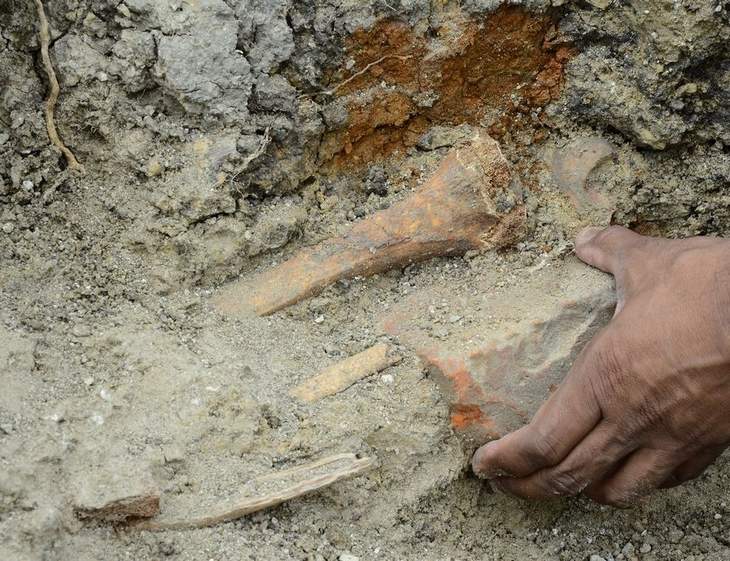
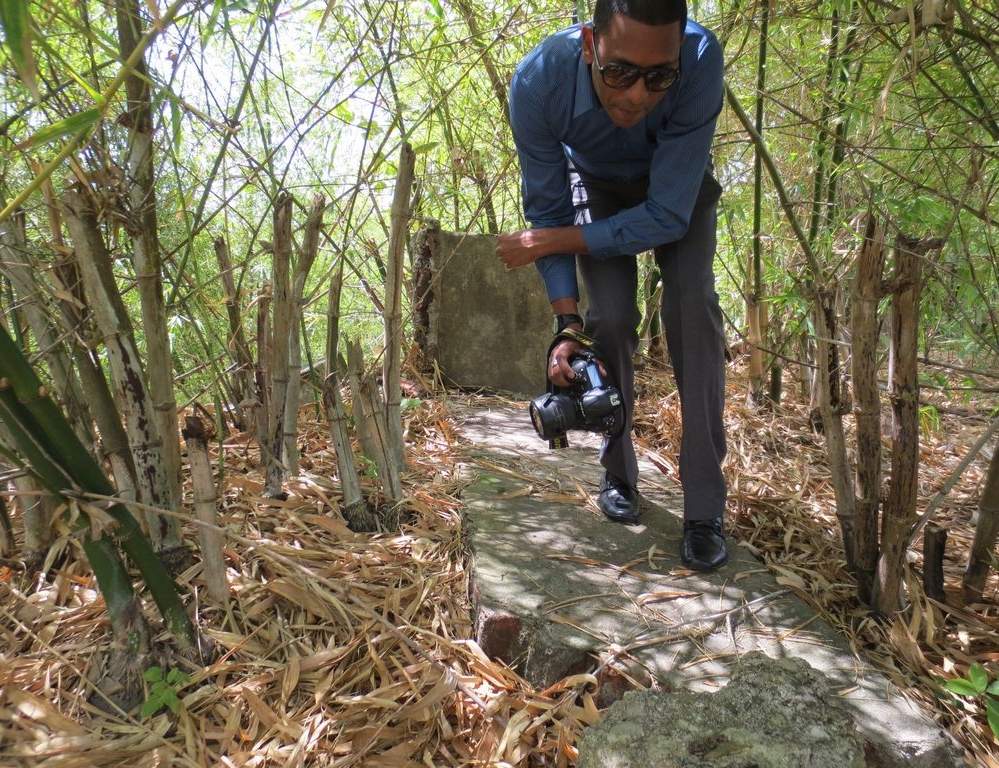
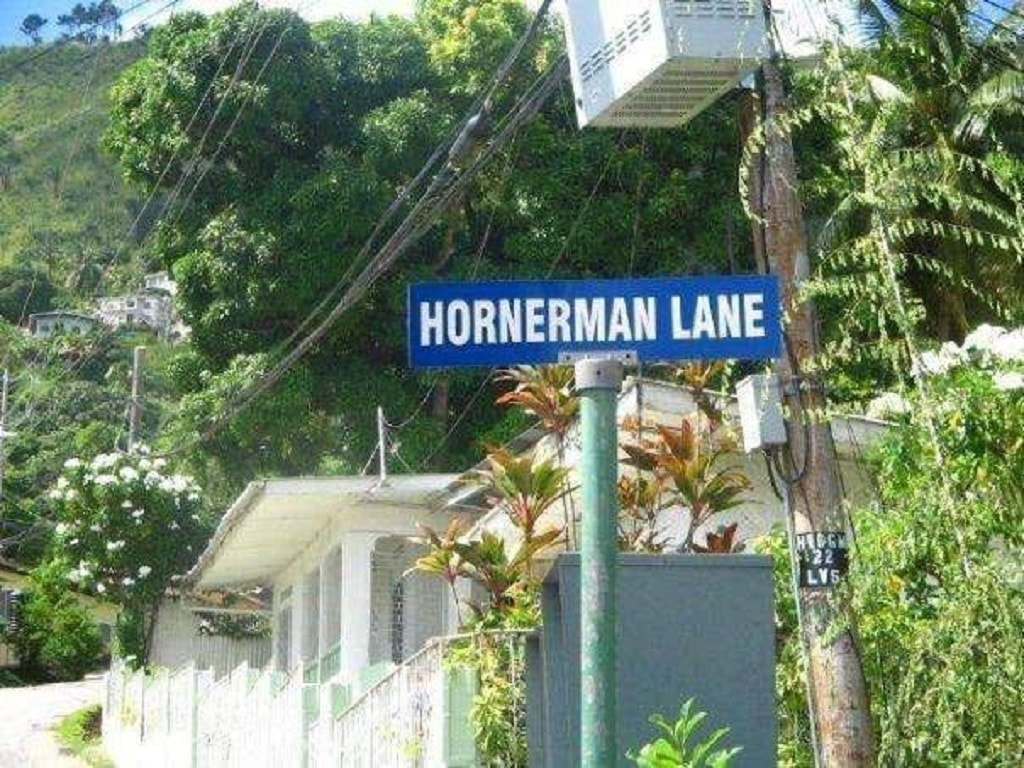
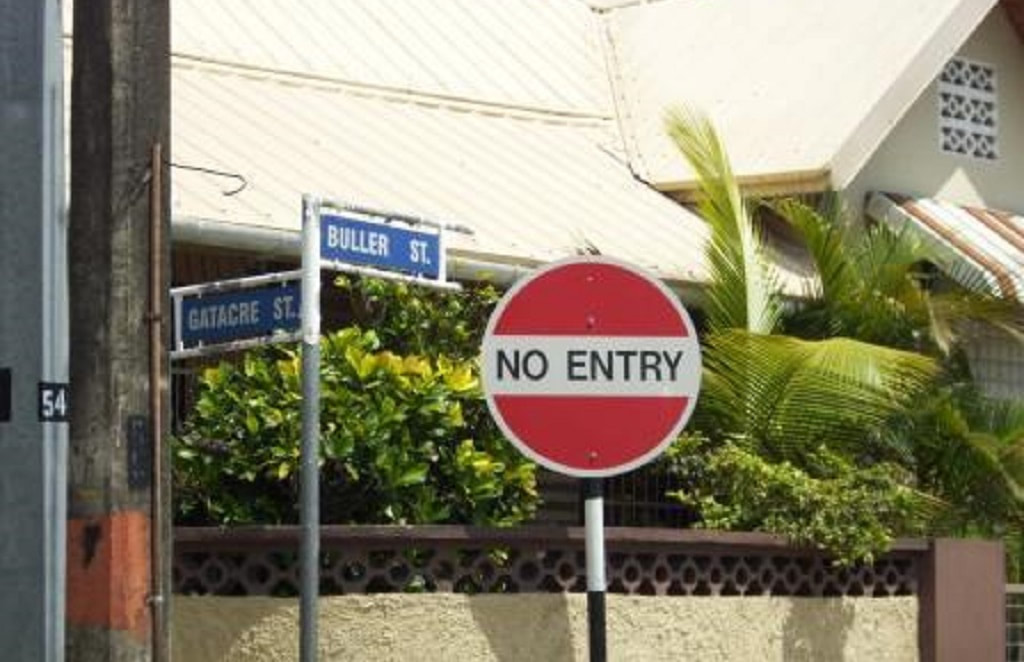
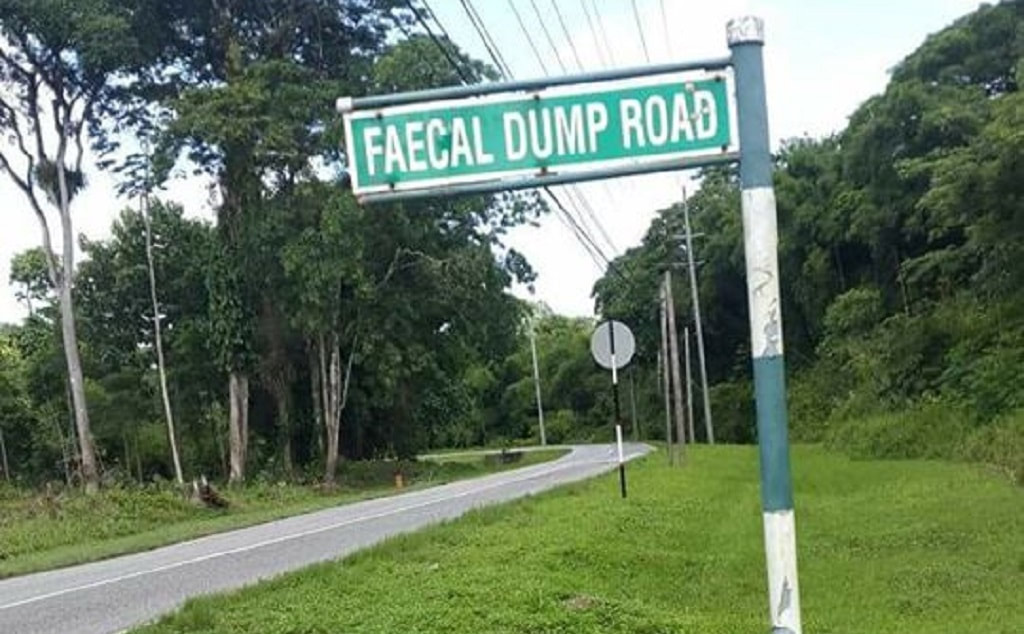
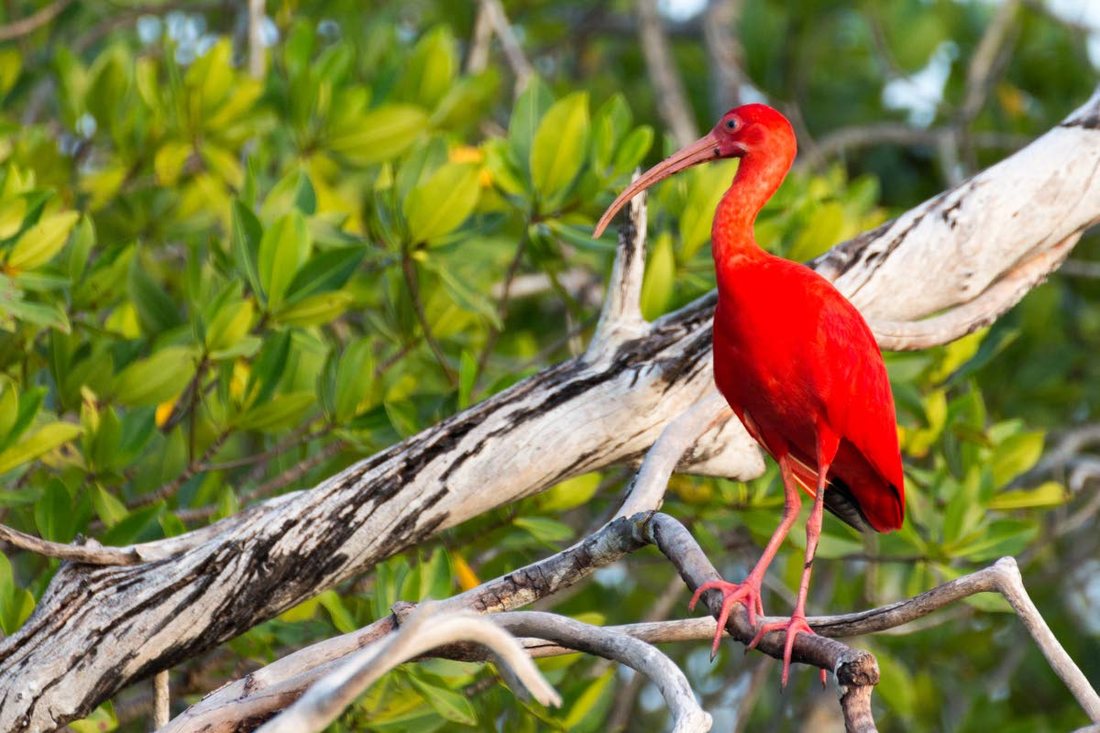

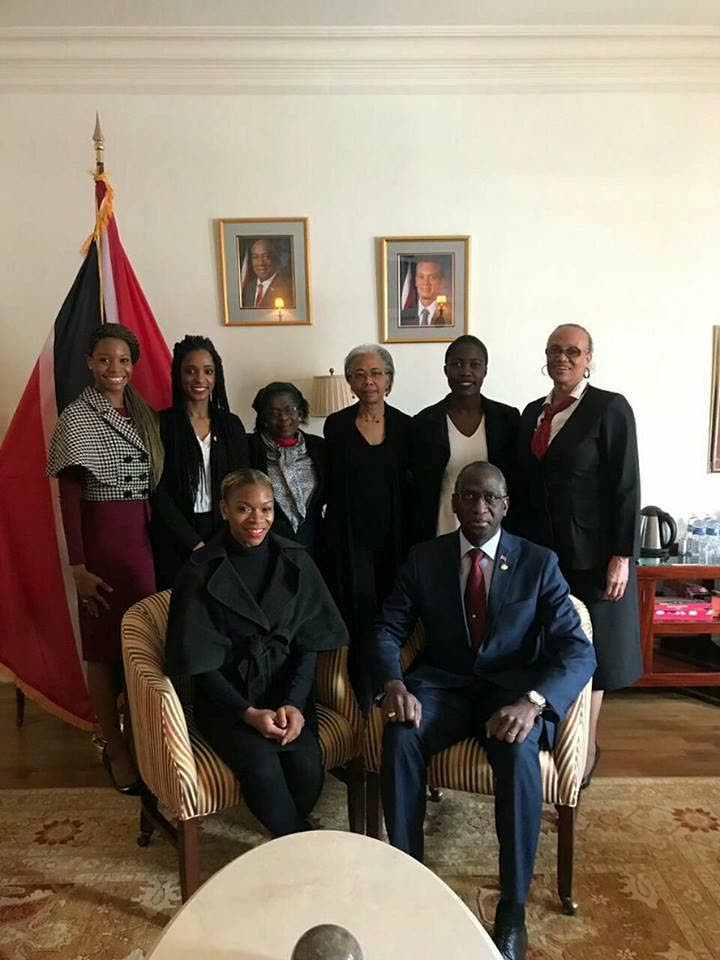


 RSS Feed
RSS Feed